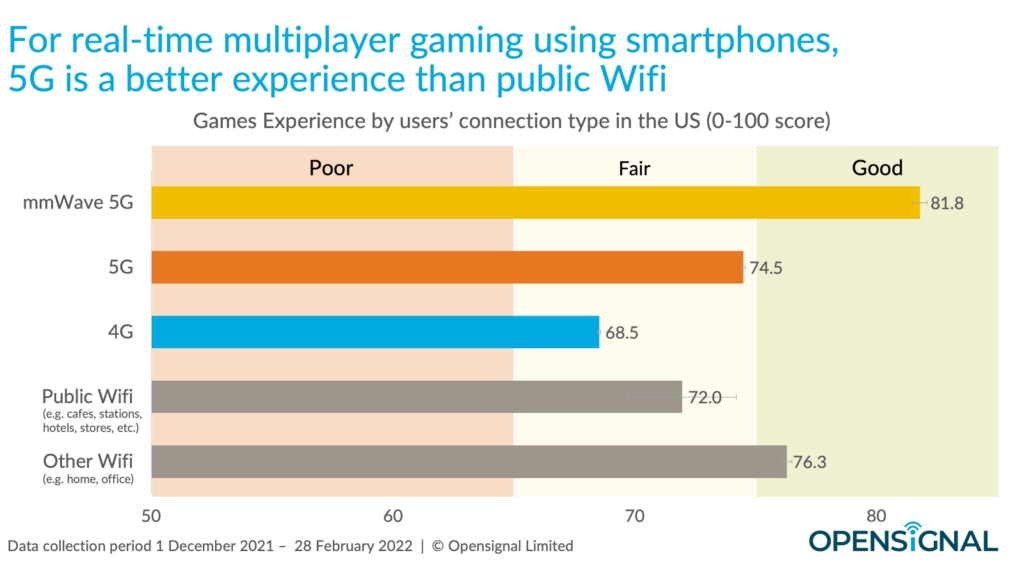The main challenge in practical quantum computing is error suppression, which requires quantum error correction for complex processing. However, implementing error-corrected “logical” qubits, where information is redundantly encoded across multiple physical qubits, poses significant hurdles for achieving large-scale logical quantum computing.
A recent study by researchers at Harvard University reveals the development of a programmable quantum processor based on encoded logical qubits operating with up to 280 physical qubits. This represents a crucial advancement in the pursuit of stable and scalable quantum computing.
This new quantum processor can encode up to 48 logical qubits and perform hundreds of logical gate operations, a substantial improvement over previous endeavors. It signifies the first demonstration of running large-scale algorithms on an error-corrected quantum computer, indicating the emergence of early fault-tolerant quantum computation that operates reliably without disruptions.
Denise Caldwell from the National Science Foundation commented, “This achievement is a remarkable feat of quantum engineering and design. By utilizing neutral atoms, the team has not only accelerated the progress of quantum information processing but also paved the way for exploring large-scale logical qubit devices, which could bring transformative benefits to science and society at large.”
In quantum computing, a quantum bit or qubit is the fundamental unit of information. It is theoretically possible to create physical qubits by manipulating quantum particles such as atoms, ions, or photons.
Utilizing the principles of quantum mechanics for computation is more intricate than simply increasing the number of qubits. Qubits are inherently unstable and prone to collapsing from their quantum states.
The true measure of success lies in logical qubits, which are considered the “currency” in quantum computing. These are bundles of redundant, error-corrected physical qubits capable of storing information for quantum algorithms. Developing controllable logical qubits, analogous to classical bits, presents a major challenge for the field. It is widely recognized that until quantum computers can operate reliably on logical qubits, the technology cannot progress significantly.
Existing computing systems have only demonstrated one or two logical qubits and a single quantum gate operation—a basic unit of code—between them.
The breakthrough by the Harvard team builds on years of research on a quantum computing architecture known as a neutral atom array, pioneered in Lukin’s lab. QuEra, a company commercializing this technology, recently secured a licensing agreement with Harvard’s Office of Technology Development for a patent portfolio based on Lukin’s group’s innovations.
At the core of the system is a block of ultra-cold, suspended rubidium atoms, serving as the physical qubits of the system. These atoms can move around, form pairs, or become “entangled” during computations.
Entangled pairs of atoms combine to form gates, which represent units of computing power. The team previously demonstrated low error rates in their entangling operations, establishing the reliability of their neutral atom array system.
In their logical quantum processor, the researchers have showcased parallel, multiplexed control over an entire section of logical qubits using lasers. This approach is more efficient and scalable compared to individually controlling physical qubits.
Dolev Bluvstein, the lead author of the study and a Ph.D. student in Lukin’s lab at the Griffin School of Arts and Sciences, stated, “We aim to shift the paradigm in the field by beginning to test algorithms with error-corrected qubits instead of physical ones, paving the way for larger quantum devices.”
Journal Reference:
- Bluvstein, D., Evered, S.J., Geim, A.A. et al. Logical quantum processor based on reconfigurable atom arrays. Nature (2023). DOI: 10.1038/s41586-023-06927-3



